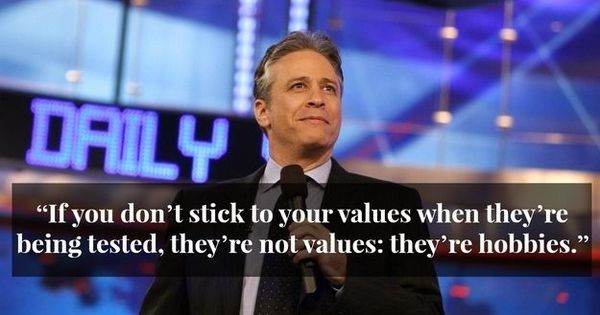
In this two-part series, Chris Maddox, Seneca Systems CEO, talk about how to define a set of values for your organization. We’ll start by discussing what values are and why they are important. The second installment will work through how to define values for your organization.
By Chris Maddox, CEO, Seneca Systems – LinkedIn and Twitter
Quick — Tell me your organization’s values…Still thinking….
All human organizations exist for a purpose. From a sports team chasing a championship (like my beloved Golden State Warriors) to a senator’s office championing the needs of its constituents, successful organizations develop a set of values that are embraced at all levels of an organizations from Stephen Curry to James Michael McAdoo.
Why have values?
Before defining what values are, we need to understand their importance.
Values are a set of shared principles to guide action within an organization. They provide direction for employees when making decisions, ensuring individuals are aligned with the collective mission.
For those outside the organization, they set expectations as to the goals and conduct of the group. By communicating what is important to you, constituents and teammates have the context they need to take action.
What is a value?
 Many organizations have vague “values” that are nearly impossible to disagree with. For example, let’s take a look at the “Our Ambition” page on the McDonald’s corporate site.
Many organizations have vague “values” that are nearly impossible to disagree with. For example, let’s take a look at the “Our Ambition” page on the McDonald’s corporate site.
We see a list of three headings:
- Good Food
- Good People
- Good Neighbor
How do these distinguish McDonald’s from Burger King, French Laundry, or any other restaurant? Whether I’m looking for a quick bite with friends or an intimate anniversary dinner, those three “values” would apply to pretty much any situation.
Imagine you are working for McDonald’s — You see that “Good Food” is part of your company’s ambitions, so you recommend flying in Kobe beef from Japan. At $300 per pound, you don’t want to just throw it on the griddle and hope for the best, so you slow-cook each burger for 30 minutes to get it just right.
McDonald’s is now selling a $200 burger that takes a half-hour to make. Is that good food? Likely, but it’s probably not what your manager had in mind.
Values should provide guidance
Let’s see if we can set clearer expectations for our employees and customers. How about these ambitions instead:
- Uniformity
- Speed
- Low cost
Uniformity is an essential part of McDonald’s. If I get a Big Mac in Paris, I expect it to be the same as a Big Mac in Wichita or San Francisco.
At the same time, I can imagine a restaurant chain which prides itself on the opposite: creating unique, individual experiences highlighting the local flavors and culture of each location.
The same goes for speed. McDonald’s is a fast food restaurant which prides itself on feeding millions of people quickly. There are downsides, of course, but there are also pros and cons to taking three hours to craft the perfect burger.
If I want something quick, I know McDonald’s shares my values. If I’m treating a foodie friend to a nice meal, I know in advance that the Golden Arches are not what I’m looking for.
None of these values are good or bad in every situation. A $200 Kobe beef burger has its place, but our new set of values tell us that McDonald’s is not that place. Our clients know what to expect and our employees know which decisions will meet those expectations.
Up next: Defining your values
Now that we know the difference between strong and weak values, we’re ready to start defining values for ourselves. In our next post, we’ll talk about how to define values for your organization.
Stay tuned!

